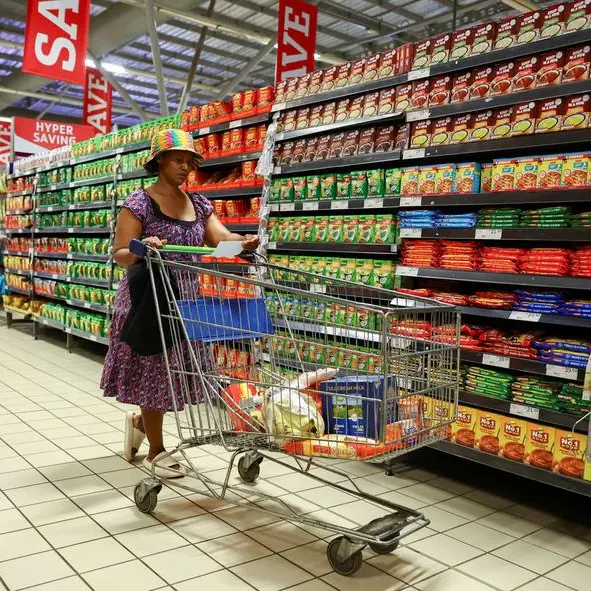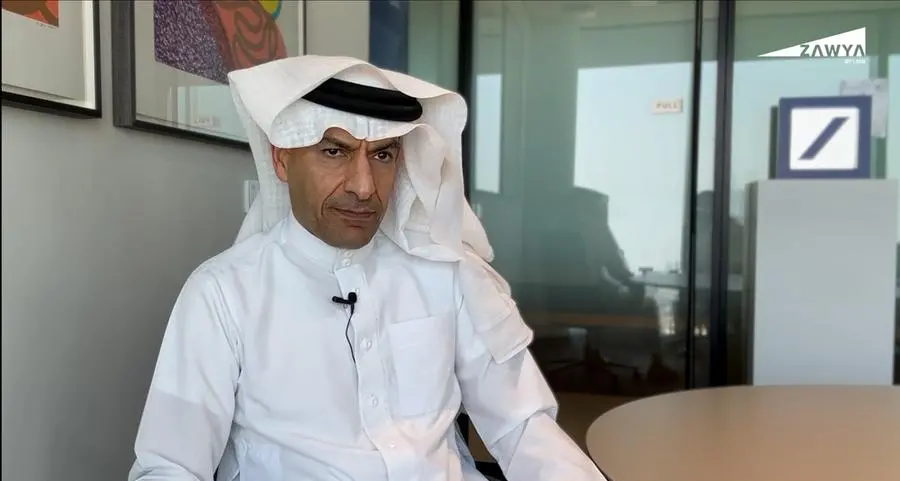PHOTO
PARIS: Improving access to, and the quality of, skills development will help Africa harness the growth potential of a fast-growing and increasingly skilled workforce of young Africans, according to the 2024 edition of Africa’s Development Dynamics: Skills, Jobs and Productivity, published today by the Organisation for Economic Co-operation and Development (OECD).
Eighty-five percent of the total expected increase in the global working-age population by 2050 will be in Africa. The working-age population (15-64 years old) will almost double in Africa by that year, from 849 million in 2024 to 1.56 billion in 2050. Those new entrants to labour markets will be more educated than previous generations, as the total number of young Africans completing secondary or tertiary education will more than double, from 103 million to 240 million, between 2020 and 2040. They will be looking for work in dynamic economies; Africa’s GDP growth is projected to increase from 3.2% in 2023 to 3.5% in 2024 and reach an average rate of 4.0% in 2025, outpacing Latin America and the Caribbean (2.5%), and close behind developing Asia (4.8%), compared to 3.2% for the world.
According to the report, many African economies are facing a dual challenge: workers lack the specific skillsets required by existing jobs, while not enough quality jobs are available to give workers an incentive to further build their skills.
Over 80% of African youths in school aspire to work in high‑skilled occupations, but only 8% find such jobs.
Skill shortages – notably in sectors such as agrifood, renewable energies and mining – hold back private investment. In the end, a cycle of insufficient supply of skilled workers and low demand for skills created by new jobs keeps economies largely informal. An estimated 82% of all workers in Africa are employed in informal – mostly low-paid, low-quality and low-protection – activities, compared to 56% in Latin America and the Caribbean and 73% in developing Asia.
Africa’s Development Dynamics 2024 finds that the quality and quantity of education in Africa remains low compared to other world regions. In 2021, on average, African governments allocated 3.7% of their GDP to education, or 14.5% of their total public expenditure. These are slightly below the international benchmarks of at least 4% of GDP and 15% of total public expenditure. Sixteen out of the 42 African countries with available data for 2020-23 did not meet these international benchmarks.
Skills development, coupled with better jobs, will increase productivity for millions of workers. The report indicates that each additional year of education can boost African learners' earnings by up to 11.4%, the greatest return to education than in any other region.
The report also looks at strategic areas where Africa’s five regions have the highest potential to increase productivity thanks to a better skilled workforce: mining in Central and Southern Africa, digital in East Africa, renewable energy in North Africa and agri-food in West Africa.























